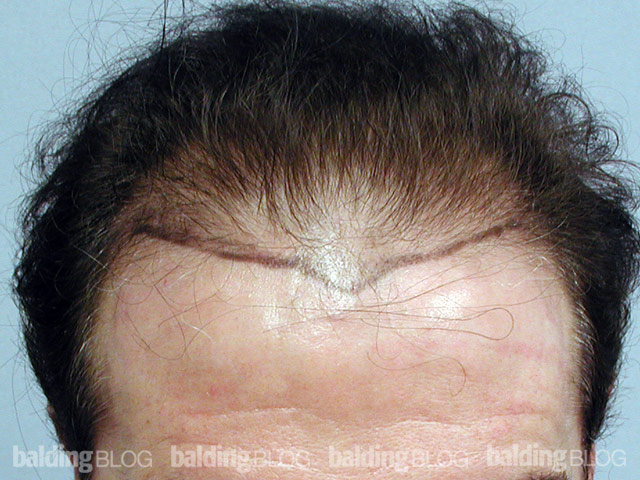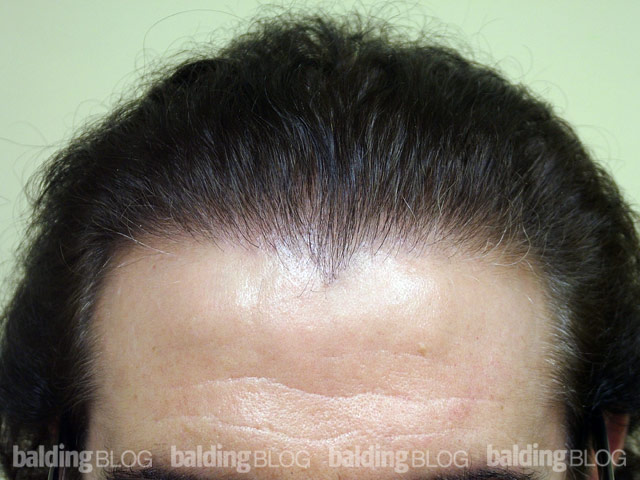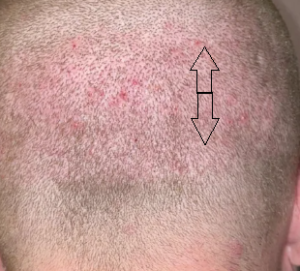Dear Doctor Rassman,
I have very full hair on my head, pretty long, but the forehead starts getting lighter. Also in between I do not like that it starts shining through and becomes thinner. Is there a chance even to put grafts in between of the growing full hair just to make the appearance even fuller? Also I would like to think about working on the receding hairline.
I appreciate your coming back to me and remain with kindest regards
It is hard to answer your question, because I do not know what you are seeing. If you get your hair mapped out for miniaturization we might know what it is that you are seeing. Is this the early stages of thinning genetic hair loss? Without quantifying the miniaturization, I can not help you.
Generally, placing transplanted hair next to healthy hair does little damage, but it is possible that you could damage any hairs that are miniaturizing. Most people do not ask for more thickness if they have their normal hair with its full bulk present, so I am going to assume that you are miniaturizing in the area you want to thicken up, which would change my answer to your question as yes, your miniaturized hair can be permanently damaged from a transplant that is done without regard to a proper Master Plan for your hair loss.
We commonly see hair transplants done in “normal” hair areas. This occurs when a doctor ‘sells’ a transplant to make money and places transplants on the entire head when only a part of the head is bald. Unfortunately, I see this done too often, even in Los Angeles. The other day, I had a patient come to see me who maybe needed 800 grafts, but he was sold over 3000 grafts at another clinic, which was transplanted over a year ago. To make matters worse, of the 800 that should have been placed in the frontal hairline to thicken it, less than half of that number grew there. The other 2200+ grafts were put into other parts of his normal scalp. Other than the loss of his money charged for the unnecessary surgery, there was no damage to the normal transplanted hair throughout his head. Again, my motto is: Let the Buyer Beware!




